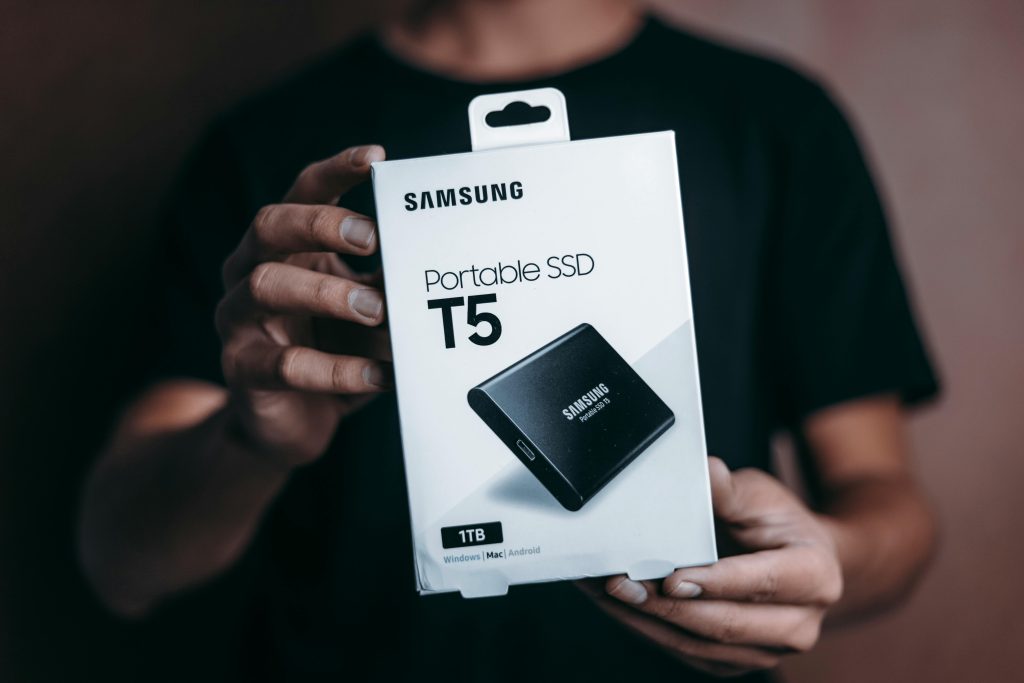Understanding and Resolving Keyboard Recognition Issues on Windows PCs
Encountering peripheral device issues, especially with keyboards, can be both frustrating and disruptive to productivity. If your keyboard’s lights flicker on startup and then turn off unless a key is pressed, and Windows notifies you of unrecognized USB devices, it may seem like a hardware problem. However, often such issues stem from driver conflicts or misconfigurations. In this article, we’ll explore common causes and effective troubleshooting steps to restore your keyboard’s functionality seamlessly.
Identifying the Problem
In many cases, users notice that their keyboard’s LEDs flicker when powering on the PC but fail to stay active, and Windows may display notifications indicating a USB device is not recognized. Despite confirming that the physical connection is secure and the USB ports are functioning properly, the problem persists. This pattern suggests that the issue may reside within device drivers rather than physical hardware failure.
Initial Troubleshooting Steps
-
Access Device Manager
Open the Device Manager by right-clicking the Start menu and selecting “Device Manager.” Locate the “Keyboards” category and expand it. -
Update or Reinstall Drivers
- Right-click on your HID Keyboard Device and select “Update driver.”
- Choose “Search automatically for updated driver software.”
- If Windows finds a newer version, install it accordingly.
In cases where Windows reports the driver is up to date, but issues persist:
- Uninstall and Reinstall Keyboard Drivers
- Right-click on the HID Keyboard Device and select “Uninstall device.”
- Disconnect your keyboard from the USB port.
- Reconnect the keyboard, allowing Windows to automatically detect and reinstall the driver.
- You may see multiple “HID Keyboard Device” entries—this is normal, but ensure your main device is correctly recognized.
Restoring Keyboard Functionality Post-Reboot
In some instances, drivers installed or reinstalled manually work temporarily. However, upon restarting, shutting down, or putting the PC to sleep, the issue often returns. This cyclical problem indicates a persistent driver conflict or misconfiguration.
Potential Solutions
-
Driver Rollback or Compatibility Mode
If recent updates coincided with the issue, consider rolling back to previous driver versions or installing compatible drivers manually. -
Check for Windows Updates
Ensure your system is fully updated, as Microsoft regularly releases patches that improve hardware compatibility. -
**Disable USB
Share this content:

